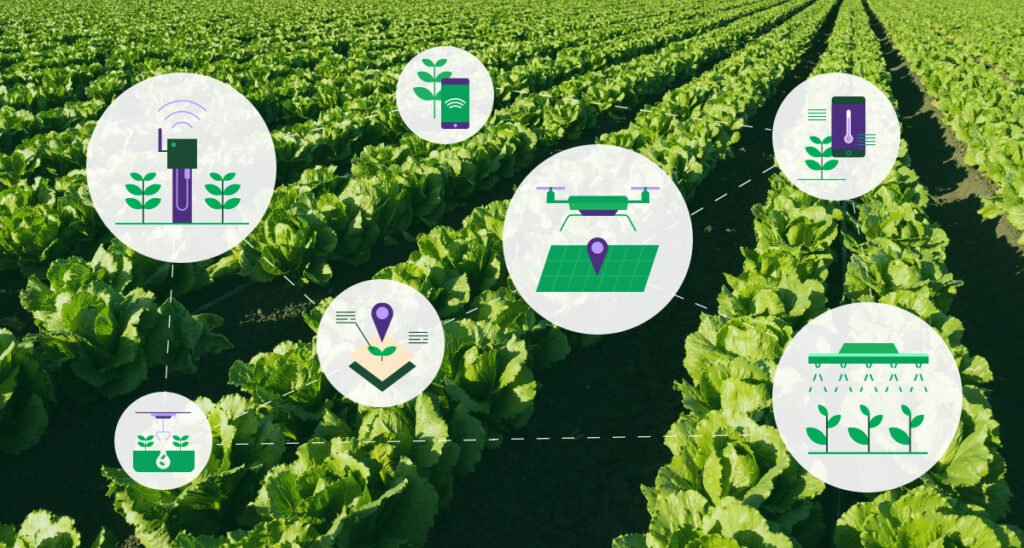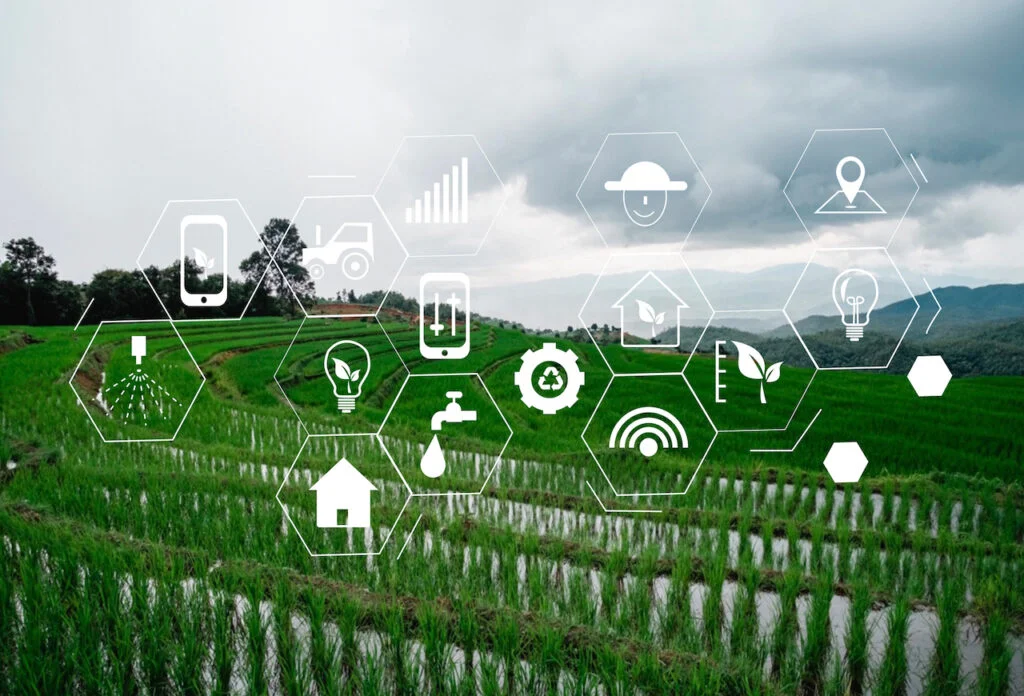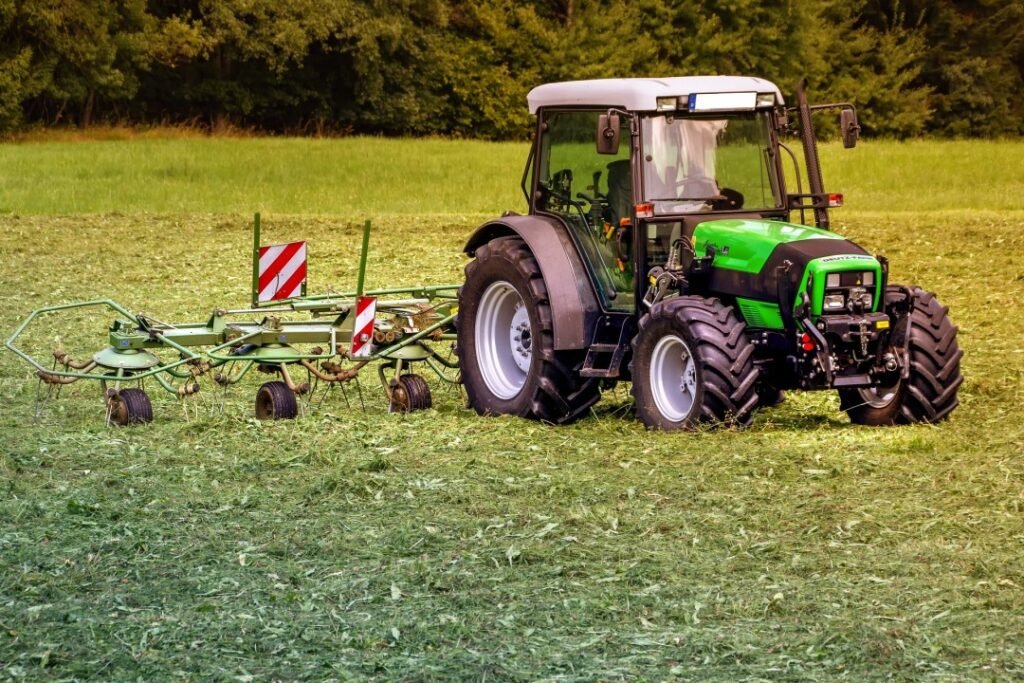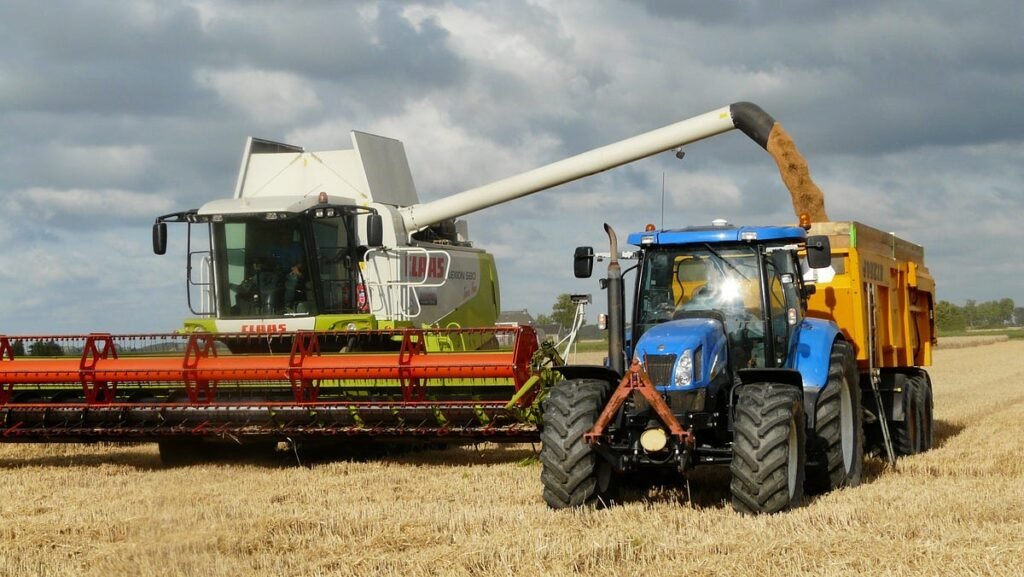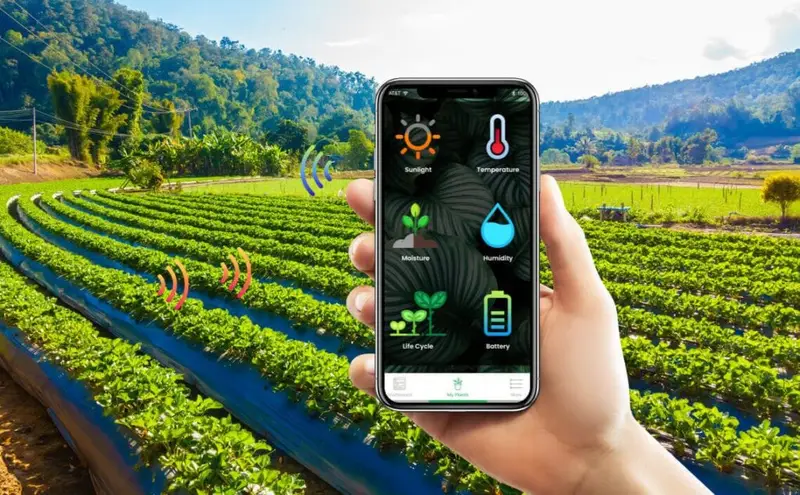Agriculture remains the backbone of Nigeria’s economy, employing a significant portion of the population. However, traditional farming methods have struggled to keep up with the increasing demand for food due to factors such as climate change, labor shortages, and inefficient farming techniques. Robotics and automation are emerging as game-changers, offering solutions that enhance productivity, reduce waste, and improve efficiency. This article explores the role of robotics in modern Nigerian farming, its benefits, challenges, and the future of automated agriculture in the country.
The Need for Robotics in Nigerian Agriculture
Nigeria’s agricultural sector faces several pressing challenges that hinder its ability to meet food demands effectively. These include:
- Labor Shortages: Many young Nigerians are moving away from farming due to its labor-intensive nature and low profitability.
- Low Productivity: Traditional farming techniques often result in low yields compared to global standards.
- Climate Change and Unpredictable Weather Patterns: Droughts, floods, and irregular rainfall make traditional farming increasingly unreliable.
- Post-Harvest Losses: Inefficient harvesting, storage, and transportation methods lead to significant food waste.
By incorporating robotics into farming, Nigeria can address these challenges and create a more resilient and productive agricultural sector.
Types of Robotics Used in Nigerian Farming
1. Autonomous Tractors and Machinery
Automated tractors and other robotic machinery help reduce the need for manual labor while increasing efficiency. These machines can plow fields, plant seeds, and apply fertilizers with precision, ensuring optimal growth conditions for crops. Companies worldwide are developing autonomous tractors equipped with GPS and artificial intelligence (AI) to perform these tasks with minimal human intervention.
2. Drones for Precision Agriculture
Agricultural drones are becoming increasingly popular in Nigeria. Farmers use drones for:
- Aerial Monitoring: Drones provide real-time images of farms, helping farmers detect pest infestations, nutrient deficiencies, and disease outbreaks early.
- Spraying Pesticides and Fertilizers: Automated drones can spray crops more evenly and efficiently than manual spraying, reducing chemical waste and environmental impact.
- Soil and Field Analysis: By collecting data on soil conditions, drones help farmers make informed decisions on irrigation and fertilizer application.
3. Automated Irrigation Systems
Water scarcity is a significant challenge for Nigerian farmers, particularly in arid regions. Automated irrigation systems use sensors and AI to deliver precise amounts of water to crops based on their needs. These systems prevent water waste and ensure crops receive adequate hydration, improving yields and sustainability.
4. Robotic Harvesting Systems
Traditional harvesting methods often result in high post-harvest losses due to improper handling. Robotic harvesters use AI-powered sensors and cameras to identify ripe crops and harvest them efficiently. This reduces losses and ensures higher-quality produce reaches the market.
5. AI-Powered Weed Control
Weeds compete with crops for nutrients, water, and sunlight. Robotic weed control systems use computer vision and AI to distinguish between crops and weeds. These robots can remove weeds mechanically or apply herbicides precisely, reducing the use of harmful chemicals and improving crop health.
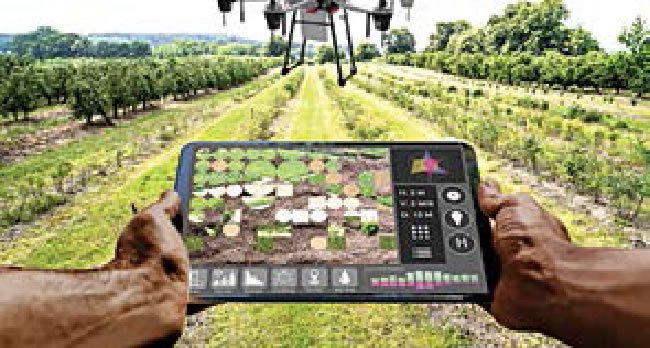
Benefits of Robotics in Nigerian Agriculture
1. Increased Productivity and Efficiency
Automation allows farmers to cultivate more land with fewer resources. Robots work faster than human labor, enabling quicker planting, maintenance, and harvesting, leading to higher crop yields.
2. Cost Reduction
While the initial investment in robotics is high, it reduces long-term operational costs by minimizing labor expenses and optimizing resource usage.
3. Reduced Post-Harvest Losses
Robotic harvesting and storage systems improve the handling of crops, reducing losses and ensuring more food reaches consumers.
4. Sustainable Farming Practices
Precision agriculture techniques enabled by robotics minimize waste and environmental damage. Targeted pesticide application and water-efficient irrigation contribute to sustainable farming practices.
5. Attracting Youth to Agriculture
Young Nigerians often view farming as outdated and physically demanding. The introduction of high-tech solutions like robotics can make agriculture more appealing to tech-savvy youth, potentially reversing the rural-to-urban migration trend.
Challenges of Implementing Robotics in Nigerian Farming
1. High Initial Investment Costs
Advanced farming robots are expensive, making them unaffordable for many small-scale farmers who dominate Nigeria’s agricultural sector.
2. Lack of Technical Expertise
Farmers need training to operate and maintain robotic systems effectively. Without proper education, the adoption of these technologies may remain low.
3. Infrastructure and Power Supply Issues
Unreliable electricity and poor infrastructure hinder the full-scale adoption of automated farming technologies. Robotics often require stable power sources and high-speed internet for real-time data transmission and remote operation.
4. Resistance to Change
Many traditional farmers are hesitant to adopt new technologies due to unfamiliarity or scepticism about their effectiveness. Encouraging acceptance and trust in robotics will require awareness campaigns and demonstrations.
5. Cybersecurity and Data Privacy Concerns
Automated systems collect vast amounts of data on soil health, crop conditions, and weather patterns. Ensuring this data is protected from cyber threats is crucial for the success of digital agriculture in Nigeria.
The Future of Robotics in Nigerian Farming
Despite challenges, the future of robotics in Nigerian farming looks promising. With government support, private sector investment, and research-driven innovations, Nigeria can harness automation to revolutionize its agricultural sector.
1. Government and Policy Support
Policies that encourage investment in agricultural robotics, such as subsidies, tax breaks, and low-interest loans for farmers, can accelerate adoption. Additionally, establishing research institutions focused on agricultural technology will boost innovation.
2. Collaboration Between Tech Companies and Farmers
Tech startups and established companies in Nigeria should collaborate with farmers to develop affordable, locally adapted robotic solutions. This will ensure the technology meets the specific needs of Nigerian agriculture.
3. Increased Training and Education
Establishing training programs and agricultural technology hubs will equip farmers with the skills needed to operate and maintain robotics. Universities and vocational institutions should incorporate agricultural robotics into their curricula.
4. Integration of AI and IoT in Farming
The Internet of Things (IoT) and AI will further enhance robotic farming in Nigeria. Smart sensors, cloud computing, and machine learning will enable more precise and automated decision-making, optimizing resource use and improving productivity.
5. Local Manufacturing of Agricultural Robots
Developing and producing robotic farming equipment within Nigeria will reduce costs and make technology more accessible to local farmers. Encouraging homegrown tech startups to build affordable, durable solutions will drive widespread adoption.
Conclusion
Robotics has the potential to transform Nigerian agriculture by increasing efficiency, reducing costs, and improving food security. While challenges such as high costs, lack of technical expertise, and infrastructural limitations exist, the benefits outweigh the drawbacks. With the right policies, investments, and education, Nigeria can embrace agricultural automation, ensuring a more productive and sustainable farming future. As technology continues to evolve, robotic farming will play an even greater role in shaping Nigeria’s agricultural landscape, making it more competitive on a global scale.
FAQs – The Role of Robotics in Modern Nigerian Farming
1. Are robotics currently being used in Nigerian farming?
Yes, robotics are gradually being introduced into Nigerian agriculture, mainly in large-scale farms. Drones for precision farming, automated irrigation systems, and AI-powered weed control are already being used in some regions. However, widespread adoption is still limited due to cost and infrastructure challenges.
2. How can small-scale farmers in Nigeria benefit from robotics?
Small-scale farmers can benefit from robotics through cooperative investments, government subsidies, and partnerships with agritech startups. Leasing robotic equipment or using shared services can also help reduce costs and make technology more accessible.
3. What is the cost of agricultural robotics in Nigeria?
The cost varies depending on the type of robotic system. Basic drones for crop monitoring can cost between ₦500,000 and ₦2 million, while advanced automated tractors and robotic harvesters can cost tens of millions of naira. Local manufacturing and government incentives can help lower these costs over time.
4. Can robotics help reduce post-harvest losses in Nigeria?
Yes, robotic harvesters and automated storage systems improve efficiency and reduce crop damage, leading to lower post-harvest losses. Additionally, drones and AI-powered monitoring help farmers harvest crops at the right time, further minimizing waste.
5. What role does the Nigerian government play in promoting robotics in farming?
The government can support agricultural robotics through policies such as subsidies, tax incentives, research funding, and partnerships with private agritech firms. Programs that provide farmers with access to technology and training can also accelerate adoption.
6. Are there any local companies in Nigeria developing agricultural robotics?
Yes, a few Nigerian agritech startups and research institutions are developing robotic solutions tailored to local farming needs. However, most advanced robotics are still imported. Encouraging local manufacturing and innovation will be key to increasing accessibility.
7. What are the main barriers to robotics adoption in Nigerian agriculture?
The primary barriers include high costs, lack of technical expertise, poor infrastructure (such as unreliable electricity and internet access), and resistance to change among traditional farmers. Addressing these challenges requires government support, education, and increased investment in technology.
